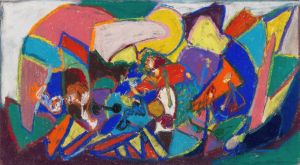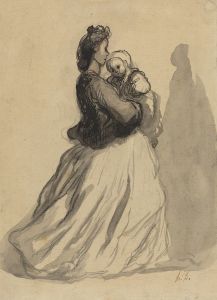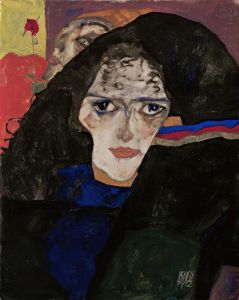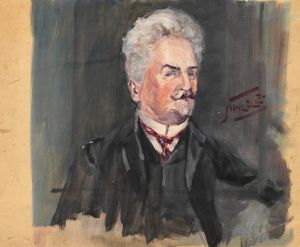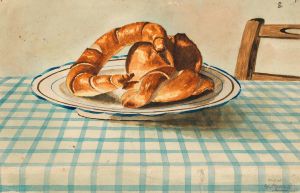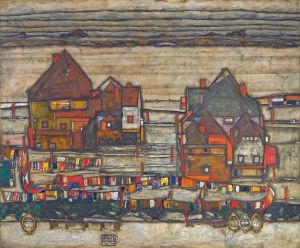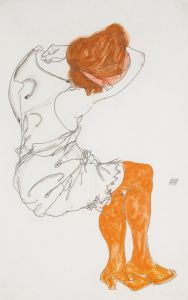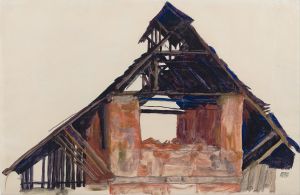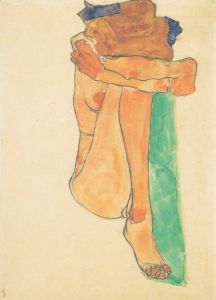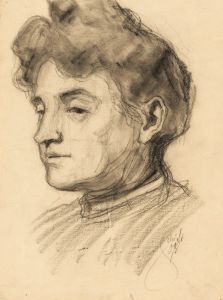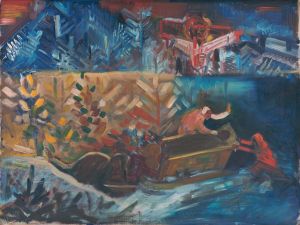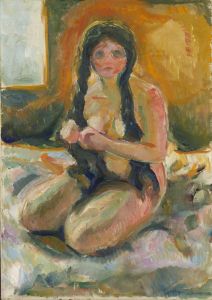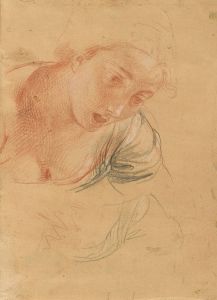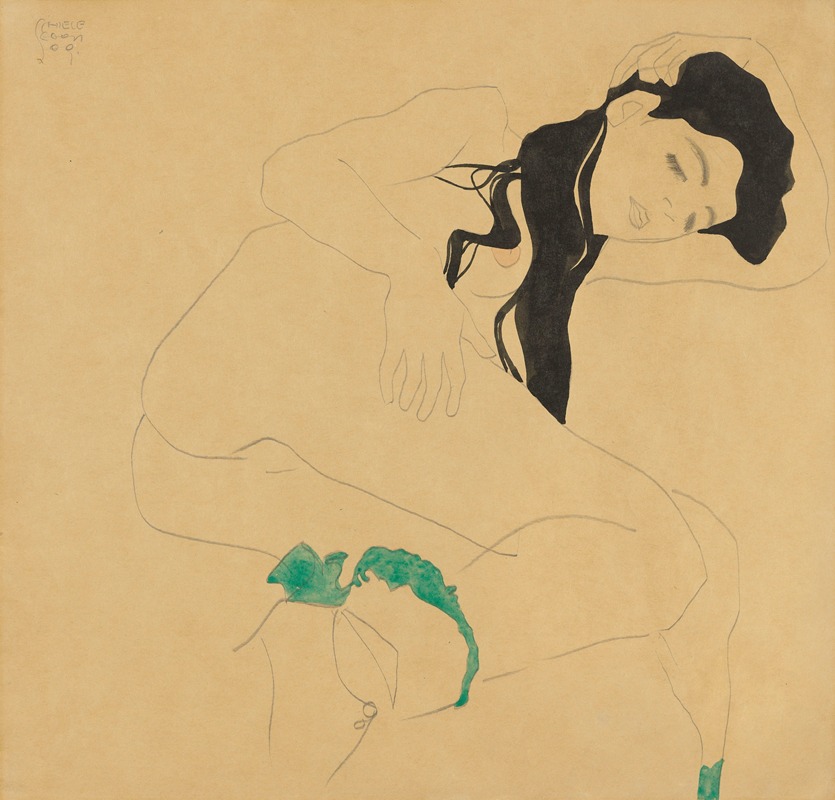
Liegender Mädchenakt
A hand-painted replica of Egon Schiele’s masterpiece Liegender Mädchenakt, meticulously crafted by professional artists to capture the true essence of the original. Each piece is created with museum-quality canvas and rare mineral pigments, carefully painted by experienced artists with delicate brushstrokes and rich, layered colors to perfectly recreate the texture of the original artwork. Unlike machine-printed reproductions, this hand-painted version brings the painting to life, infused with the artist’s emotions and skill in every stroke. Whether for personal collection or home decoration, it instantly elevates the artistic atmosphere of any space.
Egon Schiele, an Austrian painter known for his distinctive style and provocative subject matter, created the artwork "Liegender Mädchenakt" (Reclining Female Nude) in 1917. Schiele was a prominent figure in the early 20th-century Austrian art scene and is often associated with the Expressionist movement. His work is characterized by its raw emotional intensity, bold lines, and exploration of the human form.
"Liegender Mädchenakt" exemplifies Schiele's fascination with the human body and his ability to convey complex emotions through his art. The painting depicts a young female nude reclining in a relaxed pose. Schiele's use of line and color in this piece is typical of his style, with sharp, angular lines and a muted color palette that emphasizes the contours of the figure. The model's pose is both natural and intimate, capturing a moment of vulnerability and introspection.
Schiele's approach to the human figure was often controversial due to its explicit nature and the artist's focus on themes of sexuality and mortality. During his lifetime, Schiele faced criticism and even legal challenges for his depictions of nudity, which were considered provocative and indecent by some contemporaries. Despite this, his work was also celebrated for its innovation and emotional depth, earning him a place among the leading artists of his time.
The year 1917, when "Liegender Mädchenakt" was created, was a significant period in Schiele's career. By this time, he had established himself as a key figure in the Viennese art world, having exhibited alongside Gustav Klimt, who was both a mentor and an influence. Schiele's work during this period reflects a maturation of his style, with a greater emphasis on composition and a more refined use of color and form.
Schiele's personal life was as tumultuous as his art. He was deeply affected by the events of World War I and the societal changes occurring in Europe at the time. In 1918, just a year after completing "Liegender Mädchenakt," Schiele succumbed to the Spanish flu pandemic, dying at the young age of 28. Despite his short life, Schiele left behind a substantial body of work that continues to be studied and admired for its emotional intensity and innovative approach to the human figure.
Today, "Liegender Mädchenakt" is recognized as an important example of Schiele's work and is held in high regard by art historians and collectors. The painting is part of various exhibitions and collections, contributing to the ongoing appreciation and understanding of Schiele's impact on modern art. His ability to capture the complexities of the human condition through his distinctive style ensures that his work remains relevant and influential in the study of early 20th-century art.





